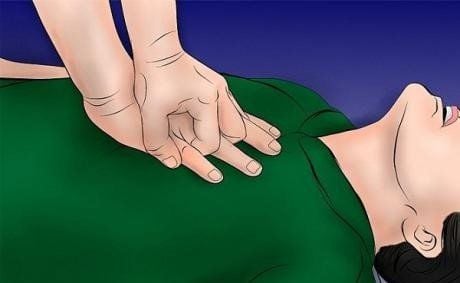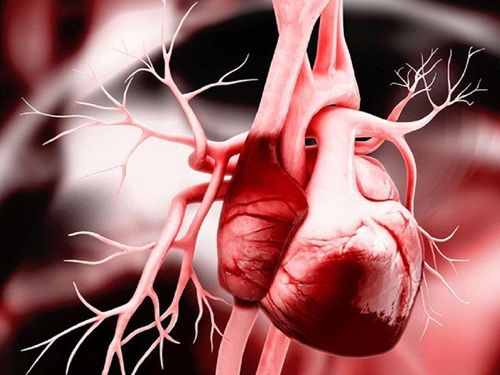This is an automatically translated article.
The article was written by MSc Pham Duc Luong - Emergency Doctor - Emergency Department - Vinmec Times City International General HospitalPerforming basic CPR correctly and early in patients with circulatory arrest has been shown to be of great benefit in resuscitation. However, there are some circumstances that make routine CPR steps more difficult. Here are some frequently asked questions about CPR.
1. I have not been trained in basic CPR. Can I perform CPR?
Basic cardiopulmonary resuscitation is a recommended skill that everyone, from untrained medical personnel to the general population, can perform. If you don't know how to do CPR, you can call 911 and the dispatcher will give you instructions on what to do with the rib cage. If you are not trained in CPR or are unwilling or unable to give CPR, you can give chest compressions alone. Some simple early chest compressions can sometimes save lives.
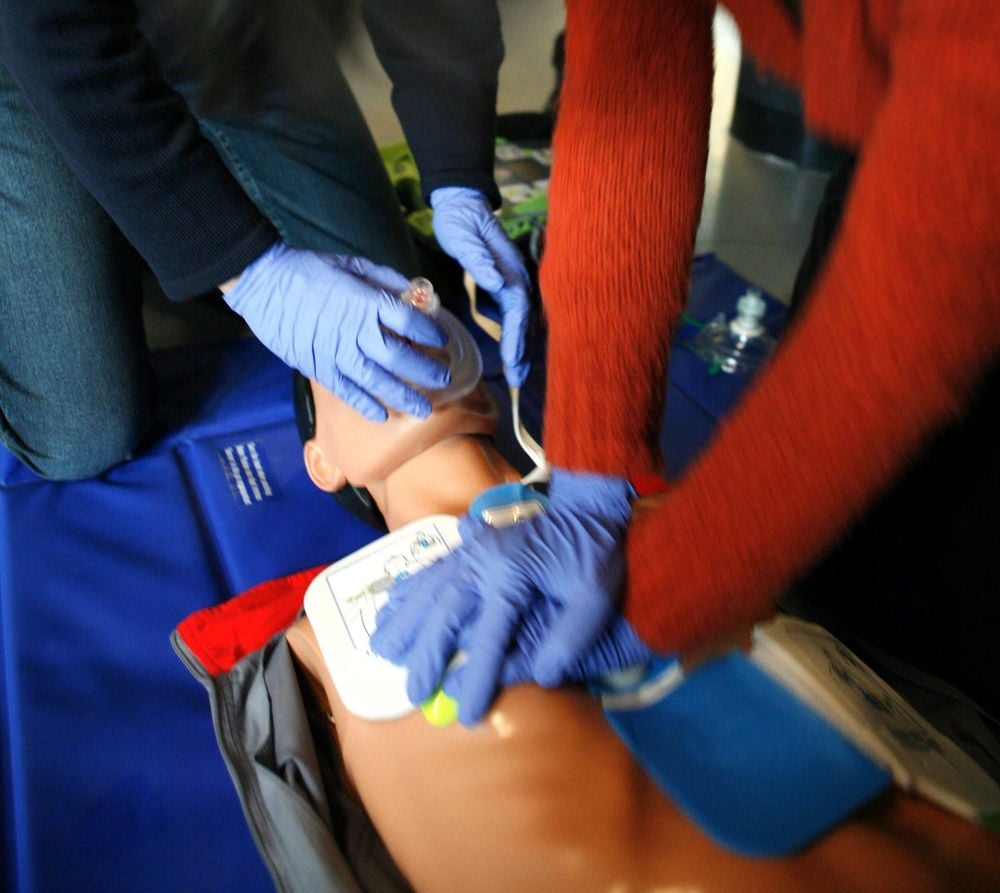
2. What happens when the patient vomits during the emergency?
If the victim vomits during CPR, have the patient lean to the side facing you to let the vomit out. Clear any remaining vomit in the mouth, then immediately return the patient to the supine position and resume CPR.
3. What special points should be kept in mind when emergency circulatory arrest in pregnant women?
In patients/victims pregnant from 20 weeks onwards, the uterus is already relatively large (the fundus is as high as the navel at 20 weeks and increases by 1 cm every week). If a woman is lying on her back, her uterus will press on the large blood vessels in the abdomen. This restricts blood from the lower part of the body returning to the heart, reducing the amount of blood circulating when the heart is pressed outside the chest.To prevent this from happening, when the patient requires CPR, raise the patient's right hip above the ground by lifting and propping the patient's right buttock or do a left uterine push/pull before you begin. chest compressions (see below).
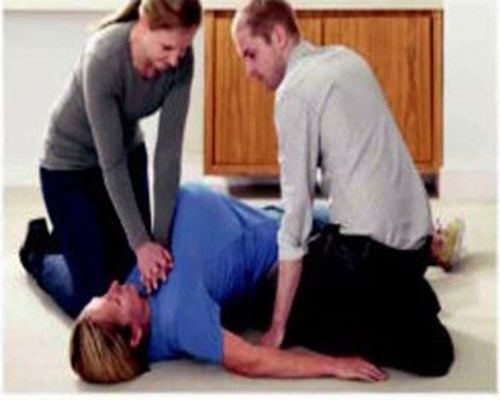
Pregnant woman's hip lift technique:
Keep the pregnant woman's upper body lying flat on the floor as much as possible to facilitate and increase the quality of chest compressions. Raise the pregnant woman's right hip using the rescuer's knee or tightly rolled clothes or towel under the woman's right hip.


4. Are there other methods of CPR besides the mouth-nose technique when giving first aid?
The patient's CPR technique may need to be changed in some cases: for example, if the victim has a mouth or mouth injury, you can breathe through the nose (and vice versa). The victim can breathe through a hole in the front of the neck — the tracheostomy. You can also use a pocket mask or face shield during CPR.
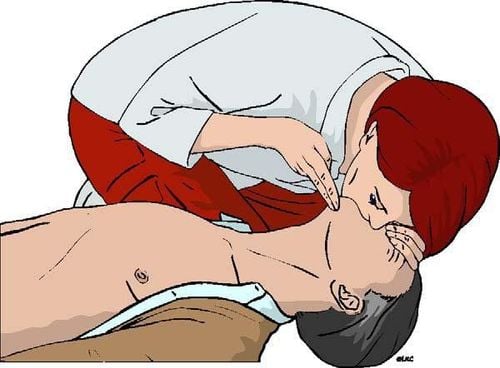
Mouth-nose CPR technique
If the victim has just drowned and has been brought ashore or the wounds in the mouth make sealing impossible, you can use the mouth-nose method Give the victim artificial respiration. Use one hand to lift the chin so that the patient's mouth is closed, then use your mouth to close the victim's nose and blow steadily into the patient's nose. Then leave the mouth open to let the air out.

CPR through the tracheostomy
Some victims, because of certain medical conditions, have to open the trachea and breathe through the tracheostomy (just in front of the neck) rather than through the mouth and nose as usual. When this is the case, you can give artificial respiration through this tracheostomy. Always check the tracheostomy for ventilation before giving rescue breaths. It is then used to seal the patient's mouth and nose. Close the tracheostomy with your mouth and blow steadily into the tracheostomy. After each blow, let your mouth move away from the tracheostomy to let air out.

Use pocket mask
Rescuer kneels behind victim's head. Open airway by maximum neck tilt and mask over victim's nose and mouth. The rescuer takes a deep breath and then blows into the mask through the mouthpiece. After each blow, let the rescuer's mouth move away from the mouthpiece to allow air to escape.
Vinmec International General Hospital has applied electrocardiographic shock technique in the treatment of cardiac arrhythmias. The electrocardiographic shock technique at Vinmec is performed methodically and according to standard procedures by a team of highly qualified medical professionals, modern machinery system, thus giving positive treatment results, bringing the possibility of quick recovery.
Please dial HOTLINE for more information or register for an appointment HERE. Download MyVinmec app to make appointments faster and to manage your bookings easily.





